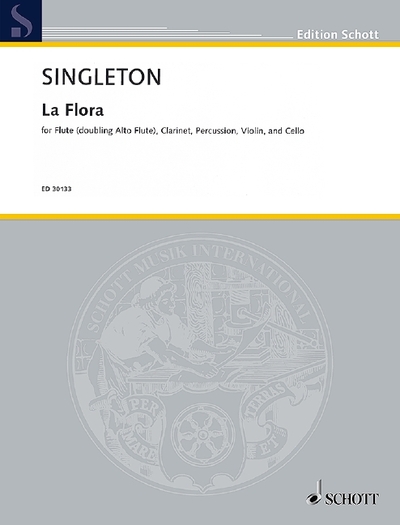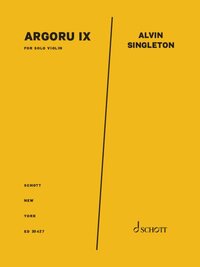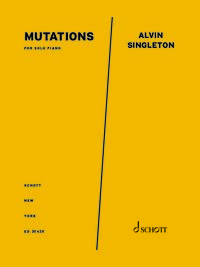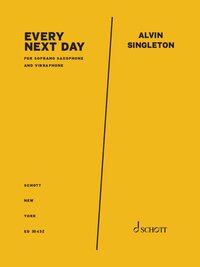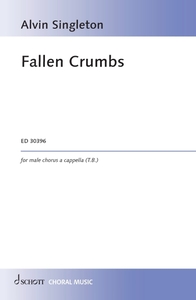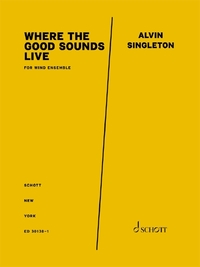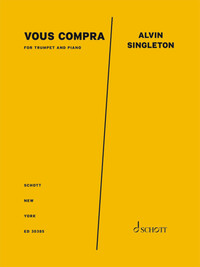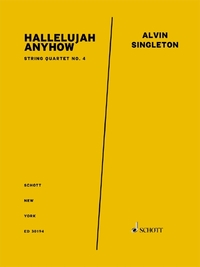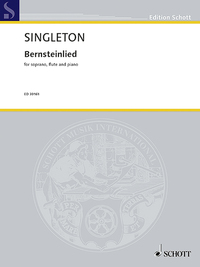Nous utilisons des cookies pour améliorer votre expérience. Pour nous conformer à la nouvelle directive sur la vie privée, nous devons demander votre consentement à l’utilisation de ces cookies. En savoir plus.
La Flora
Schott - EAN : 9781495028717
Édition papier
EAN : 9781495028717
Paru le : 1 janv. 2016
83,00 €
78,67 €
Disponible
Pour connaître votre prix et commander, identifiez-vous
Notre engagement qualité
-
 Livraison gratuite
Livraison gratuite
en France sans minimum
de commande -
 Manquants maintenus
Manquants maintenus
en commande
automatiquement -
 Un interlocuteur
Un interlocuteur
unique pour toutes
vos commandes -
 Toutes les licences
Toutes les licences
numériques du marché
au tarif éditeur -
 Assistance téléphonique
Assistance téléphonique
personalisée sur le
numérique -
 Service client
Service client
Du Lundi au vendredi
de 9h à 18h
- EAN13 : 9781495028717
- Réf. éditeur : ED 30133
- Editeur : Schott
- Date Parution : 1 janv. 2016
- Disponibilite : Disponible
- Barème de remise : NS
- Nombre de pages : 68
- Poids : 236gr
- Interdit de retour : Retour interdit
- Résumé : Alvin Singleton’s La Flora is inspired by the figure of the goddess Flora, a character painted in the mysterious 15th century Botticelli masterpiece La Primavera with its mysterious and sexy gathering of Greek goddesses, gods, and nymphs. Opening and growing mysteriously like some strange spring flowering, this 1983 Singleton work begins with 3 soft, quickly-stated tones that hold in a tense augmented chord. It is as if we listeners had walked in on something serious ensuing. The listener is already hooked. The 3-note idea, next scalar, seems to blossom into a 4-note idea with the composer extracting large amounts of suspenseful music from them. Instruments enter soloistically, often in long lyrical confessional-sounding lines that are frequently assaulted by acrid percussion instruments, notably maracas. This drama grows methodically through long tones and well-placed, well-paced repetitions, as the listener waits, still in suspense. Then suddenly at mid-point the work explodes into long passages of tremolandi and repeated figures of aggressive nature. Finally a soft vibraphone solo leads all into a pensive and resigned section closing this brief but effective work. – Carman Moore, 2014

